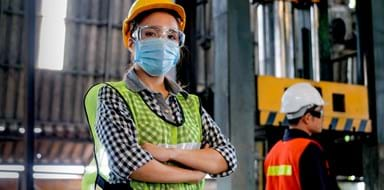Sand casting, an ancient metal casting process which uses sand as the mould material, has been used by the manufacturing industry, particularly automotive and aerospace sectors, to produce components for decades.
The traditional processes are inefficient, using a lot of energy and producing a lot of waste. Creating the tooling to produce the moulds is also time-consuming, and components still need considerable manual intervention and post-processing from CNC machines.
3D printing has emerged as a solution to improve the process, allowing more complex and higher quality components to be manufactured quicker.
However, the price and size of systems currently in the marketplace deter the majority of Europe’s 4,500 foundries, which includes 700 in the UK, from adopting the technology.
Dr Richard Wooldridge CEO and Nigel Dowsett Special Projects Manager said: “Very few foundries across the UK and Europe are using additive manufacturing because current systems are large, expensive and are difficult to integrate into production lines. These systems also used expensive and unreliable printheads, which cause considerable downtime while they are replaced, and use environmentally-harmful binders in the process.
“As experts in SLA machines we saw the opportunity to develop low-cost, automated, rapid manufacturing capability which speeds up cycle times, remains cost competitive for production volumes and enables the ability to tackle previously unachievable geometries.
“There is clearly a need for innovation in the casting industry to remain competitive and become more efficient and sustainable.






